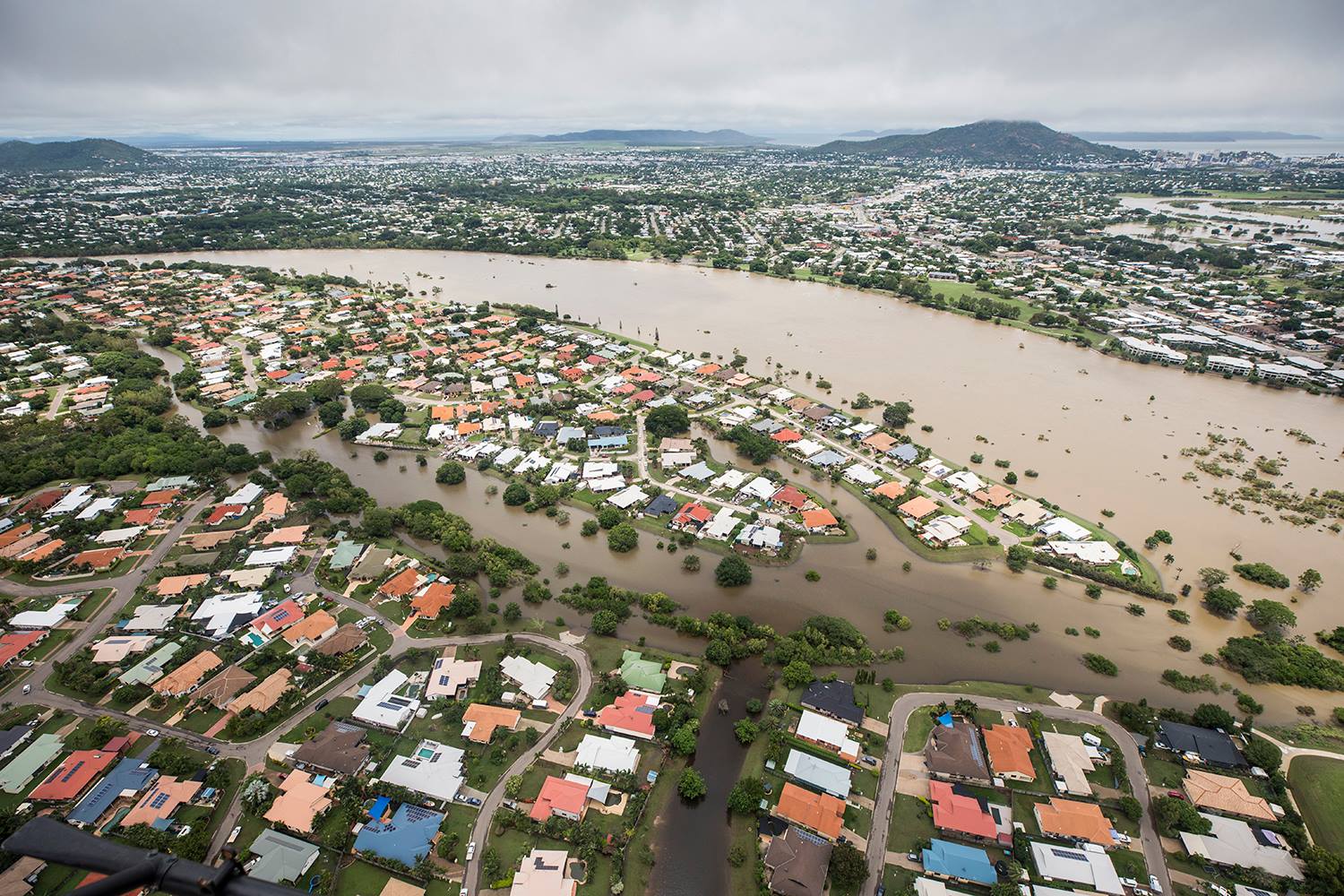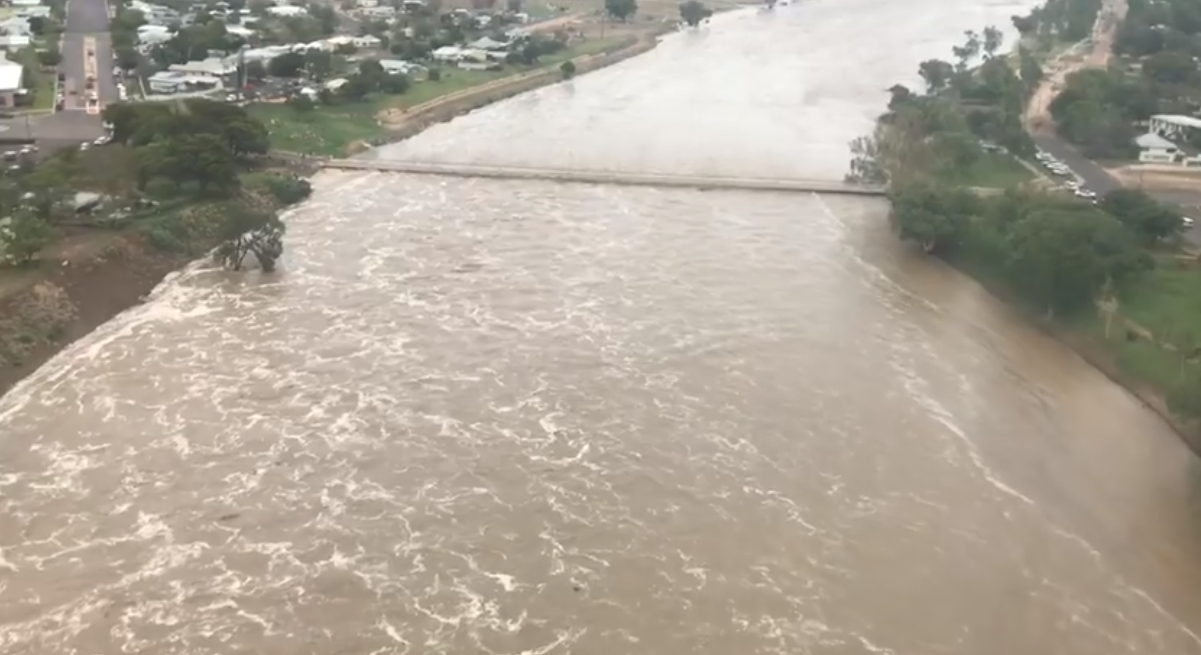Fears regional Queensland is facing an infrastructure cliff have sparked a research project into the state’s in-ground assets.
The research is being supported by the Queensland Water Regional Alliances Program (QWRAP) which is funded by the Department of Natural Resources mines and Energy in partnership with LGAQ, qldwater and participating water service providers.
Qldwater director, innovation partnerships Rob Fearon and project co-ordinator/researcher Ryan Cosgrove have released a report outlining the expected extent of the problem throughout the state.
There is particular concern for regional areas due to the economic challenges of extensive network rehabilitation for smaller communities. There are about 42,000 km of in-ground water pipes in Queensland and 33,500 km of sewers.
“We have collected data from around the state – about 75 per cent of the asset records for water and sewerage pipes from utilities around Queensland,” Dr Fearon said.
“We were looking at the age of the pipes, the materials they are made from and their size as well as modelling when they might come to the end of their useful life.
“The second stage of the study will analyse what the costs of those repairs and replacements might be and what some of the options are for utilities across Queensland to address the aging of mains. Careful investment can smooth out the potential infrastructure cliff.”
A large amount of the state’s underground infrastructure was installed during a nation-building period following WWII. The report shows around a third of Queensland’s pipes are made from AC and estimates the total length of AC pipes as being around 22,000km.
“There is wide variation but AC pipes typically last about 70 years,” Dr Fearon said.

“Some operators have found very old pipes that still look like new, while others report digging down and finding that the pipe is completely eroded and all that is left is a hole.
“What it comes down to is that there are a whole range of factors – how aggressive the water is inside the pipes, how aggressive the environment is outside the pipes, what pressure they are under, what loading they are under – even whether they were laid with love and care or in a bit of a haphazard manner.
“Then there are different types of pipe material, even within the asbestos cement range. It is so variable, it is difficult for utilities to predict when a pipe will come of age.”
Modelling conducted for the study looked at all pipes across the state and suggested that AC water mains breaks are being managed at present but problems will increase rapidly over the next two decades and be four times higher by 2040.
Similar results were projected for sewer networks, which although typically younger than corresponding water schemes are predicted to suffer a more rapid rate of degradation.
The report concludes that a ‘business-as-usual’ approach to infrastructure rehabilitation will not be enough to maintain current standards of service given the ageing in-ground assets across the state.
“The big question is when you should replace them, because it’s not efficient to replace them just before or even just after the first break,” Dr Fearon said.
“It’s best to replace most pipes when the cost of repairing becomes higher than the cost of replacement. But there is not a lot of specific information out there about when you should replace individual pipes rather than relining or repairing them.”
The extent of AC pipe repair and replacement work necessary in regional centres throughout Queensland varied quite dramatically and the impact on local authorities would also vary with their size and resources, he said.
“Underground infrastructure is the biggest part of your capital holdings as a public water and sewage utility, so Queensland communities have a lot invested in those assets and for small towns it is proportionately going to be a bigger expense,” Dr Fearon said.
A second report, focusing on the issue in ‘dollar terms’, will include a comparison of costs for replacement versus repair and estimate the impact of different approaches for regional councils given their capacity to pay.


